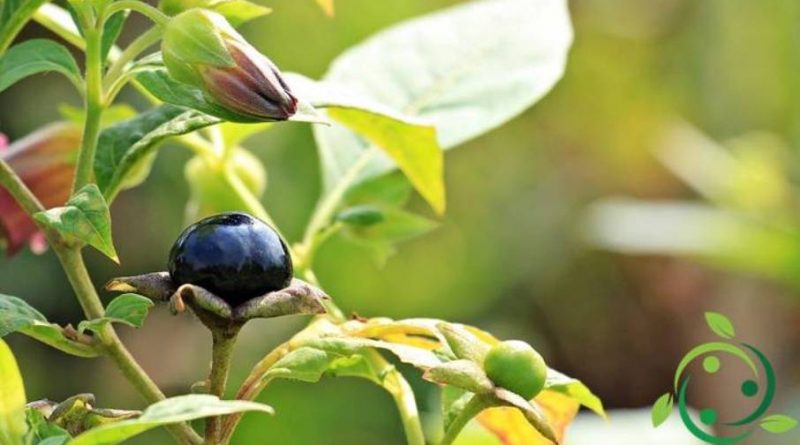How to grow Belladonna
How to grow Belladonna
The belladonna (Atropa belladonna L.) is a herbaceous species of the Solanaceae family and is one of the most dangerous medicinal plants spread in the Mediterranean area; both its leaves and its berries are extremely toxic; it contains an alkaloid, atropine, with a rapid and inexorable effect, which acts as an antagonist of some neurotransmitters, decreasing bronchial secretions, stopping the action of the vagus nerve and modifying the heartbeat. It also contains scopolamine and Hysociamine, other active ingredients used today in medicine. It is a plant widespread in nature, in uncultivated and sunny areas, and has been used in medicine for centuries; in ancient times it was used as an anesthetic, but also as a powerful poison. In this sheet we see how to grow the Belladonna and the tricks useful to follow, even if it is a plant rarely introduced by man in the gardens because it is not very pleasant aesthetically, moreover the cultivation is not simple; in nature the germination of the seeds occurs only after a long vernalization or due to the passage in the stomach of an animal.
It is instead cultivated intensively because there is a considerable demand for its extracts from the pharmaceutical, phytotherapic and homeopathic industry.
Since the seeding of Belladonna is not easy, it is necessary to follow some precautions. First of all the seeds need to be vernalized, then spend the winter outside (or in the refrigerator); subsequently, before sowing them, they must be immersed in hot water to kill a parasite that tends to feed on the newly born shoots. You can start from a heated seedbed or in a warmer environment, prepared with soil sterilized with steam and then transplanted in May on light, well drained and slightly calcareous soil. Since germination is very slow (4-6 weeks), it is always advisable to use several seeds because the germination percentage is low. Before transplanting, clean well the area where to grow it to avoid parasitic attacks (of which the nightshade is very sensitive) and the competition of other weeds.
The Atropa belladonna can also be reproduced by cuttings at the beginning of summer. In this case, segments of about 10 cm are taken to be inserted in a very light soil and kept in the shade always moist. Root division is also an applicable method; this is done instead in the month of April. The specimens must be extracted from the soil and divided so that each piece of root has at least one shoot.
For fertilization, the ideal mixture is that prepared beforehand with sowing and dung. Fertilization should not be done excessively so as not to cause excessive vegetation that affects the alkaloid content.
They are plants that are also placed under other trees, as they love the shade, and must be protected from cold winter by resorting to plant mulching that protects plants from the cold and prevents the growth of weeds.
The collection of leaves for medicinal purposes can start from the third year. Generally the collection cycles are two: one in May and the other in September, taking care not to completely strip the specimen and choosing only the perfect leaves, green and not attacked by pests.
In intensive cultivation when the plants reach the age of six they are extracted from the ground, either manually or mechanically. The roots are then washed and dried and then sold.
As for the parasites, the most feared are beetles that feed on the leaves perforating them and making them unusable and unsellable; these attacks are favored by too sunny exposure and dry land (mulching is very useful).
One remembers once again that Belladonna is one of the most toxic plants in the Eastern hemisphere. Berries are the biggest danger, especially for children as they have a very attractive appearance and a sweetish taste. Consumption of two to five berries can be lethal for an adult. However, the most toxic part is the root, even if the concentration of alkaloids can vary considerably between the individual varieties spread in different areas or because of the cultivation methods. In addition, the leaves also have a good concentration and can be fatal. Rabbits, sheep, goats and pigs have no problem feeding the plant and many birds are also immune and feed on berries and seeds. Dogs and cats, on the other hand, are sensitive and special care must therefore be taken.
The commercial value of the plants is established according to the amount of alkaloid present in the roots.

